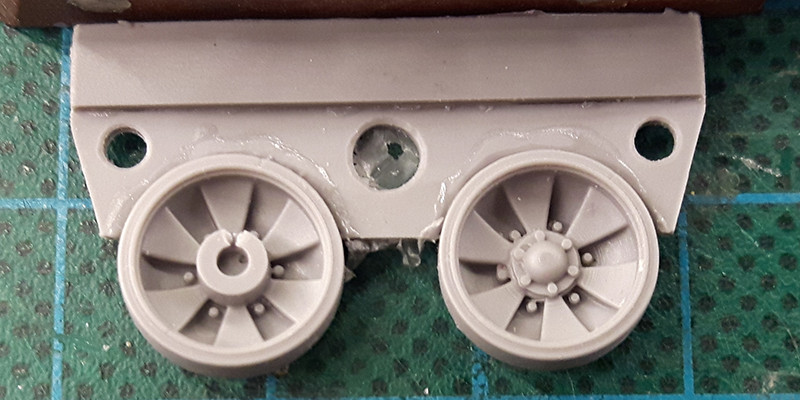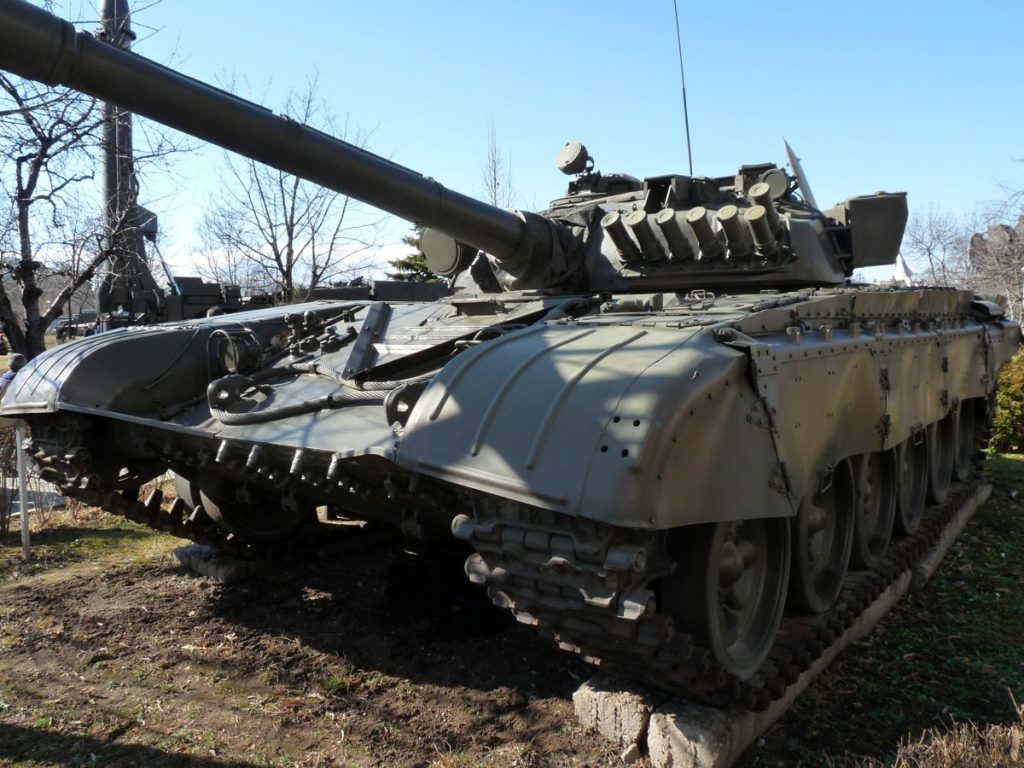
The T-72 main battle tank is one of the most recognizable combat machines very much thanks to the mass of real-time broadcast conflicts it’s participated in during the past 3 decades. A lot of companies have released model kits, including in 1/72 scale.
Two types of roadwheels have been used during the 72’s production run: the “8-hole” (early) and the “6-hole” (late) types. They were identical in diameter and rim width – 750mm and 190mm respectively. This scales down to approx. 10,4 and 2,6mm in 1/72.
Perhaps the most available kit is the Revell kit of the T-72M1 export variant, which provides the modeler with options for both early and late wheels.
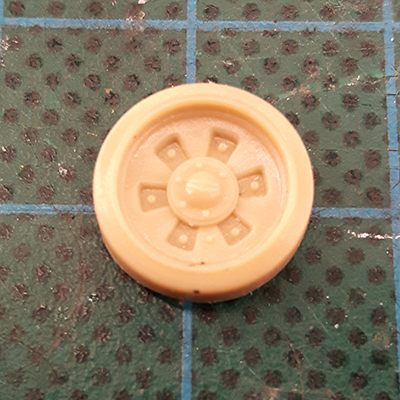
Both wheel types in the Revell kit are 10,4mm in diameter (spot on), and 2,1mm wide which is 0,5mm too narrow, mostly because of the massively beveled edge of the rubber bandage. The hubcap is too big with its plate too thick and very sketchy molded bolt detail. The indentations are shallow and feature squared-off edges. The rim edge on Revell’s wheel is too high (due to the beveling mentioned), and the rubber bandage is too thick. See below for comparison with OKB Grigorov early wheels:
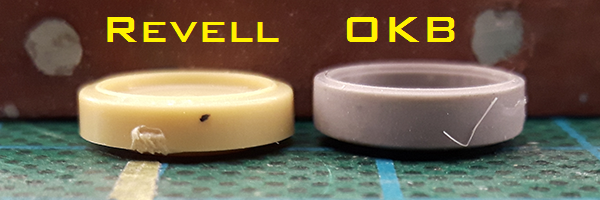
The wheel profile is trapezoidal, meaning that the rear face of the wheel is slightly larger in diameter than it is at the front.
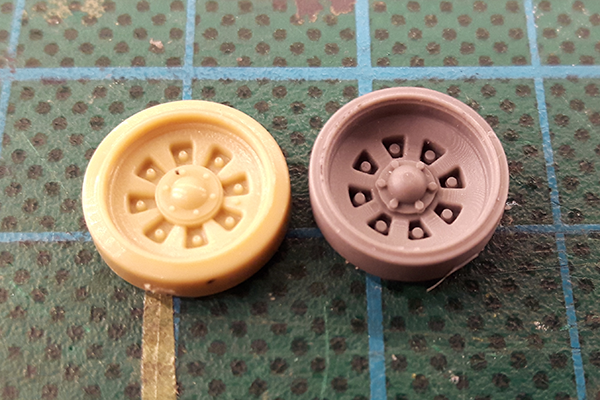
This is due to a technology limitation – it allows the part to be extracted from the mold.
The late type went on to serve on the T-72BM, popular as the T-90, so let’s look at those kits as well.
The 2013-2014 Revell T-90 kits (cast and welded turret) promised an updated 6-spoke wheel over the then-only ACE tooling of said tank. That did not quite happen. To add insult to the injury Revell was the first company to introduce ribbed detail on the surfaces of the rubber bandage. Apparently some people consider this a realistic representation of the ~2mm lines on the real thing. No, it isn’t and makes the tank look like a river steamer even in 1/35!
Then we have the Modelcollect kit range, which covers most production models of both T-72 and T-90. Naturally this means the wheel sprues are shared. I am the proud owner of a 2012 edition cast turret T-90, featuring the “thin-bandage” variety (as opposed to the overly thick-bandaged version similar to Revell apparently boxed in the years since).
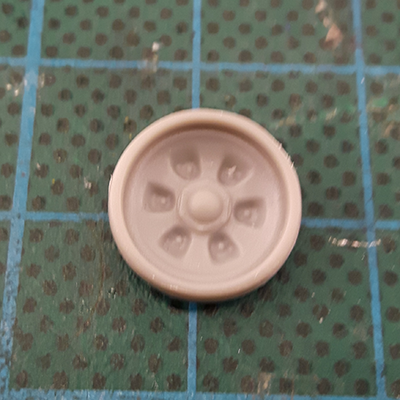
While the wheels look much better proportioned than the Revell example at a glance, they are visibly larger on comparison – their diameter is 10,75mm, or 0,35mm too large. At 2,7mm wide they are just 0,1mm wider than needed.
The hubcap is much better shaped and notably thinner than the German offering, yet the bolts are hardly visible. The rim edge on this variant of the Modelcollect’s wheels is not represented at all, and the rubber bandage is too thin.
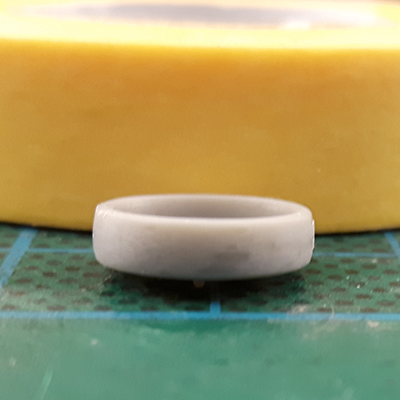
Unlike Revell’s wheel, where the mold halves join at the trear of the “dish”, the halves on this Modelcollect option meet at the middle of the bandage. This means it’s beveled from both ends, and as a result looks rather rounded in profile.
The next contender shares this fault, but to a much lesser degree (not as obvious).
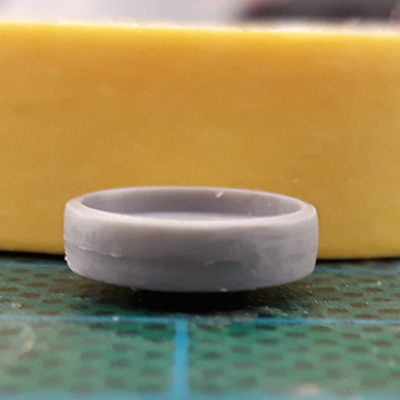
When Zvezda released their “T-90 welded turret” in 2015 it was late to the party: Revell and Modelcollect each had both the welded and the cast turret models on the market. However Zvezda brought in a very strong contender with clever part breakdown, virtually free of flash and molding deficiencies, and allowed for true part finesse for the scale. The wheels are 10,25mm in diameter, and the rubber bandage is 2,5mm wide (“close enough”).
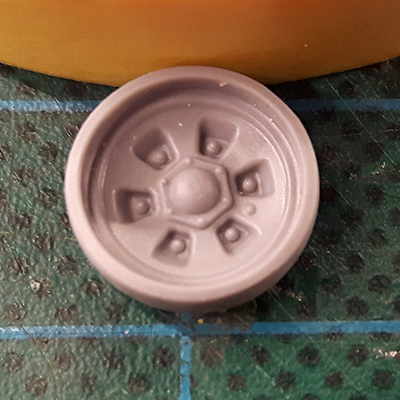
The details on the metal “dish” are significantly better than the rest of the other plastic kits available, yet similarly to the reviewed option by Modelcollect the bandage itself is too thin.
Last but not least are OKB Grigorov’s resin wheels, which are 10,35mm in diameter, and 2,55mm at the bandage.
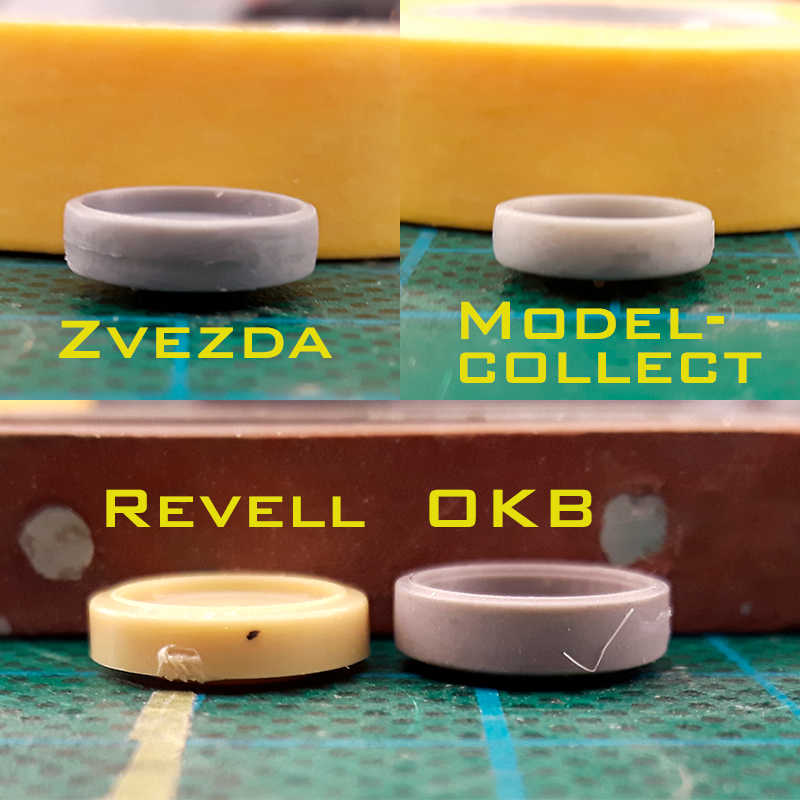
The rim edge is noticeable, but not too pronounced, and the bandage is discernible without being too thick. There is no beveling on either side, and no mold parting line either – only the attachment to the casting block which can be cleaned with 800-grit sandpaper. The hubcaps are well defined, and the bolts are actually hexagonal. See the comparison of OKB’s late wheel in the image below:

The latest version of the T-90 has the indentations span the roadwheel diameter. You can see the OKB late T-90 wheels below and consider them for replacing those on Modelcollect’s T-90MS and T-72B3, B3M and B4 Tank Biathlon kits.
